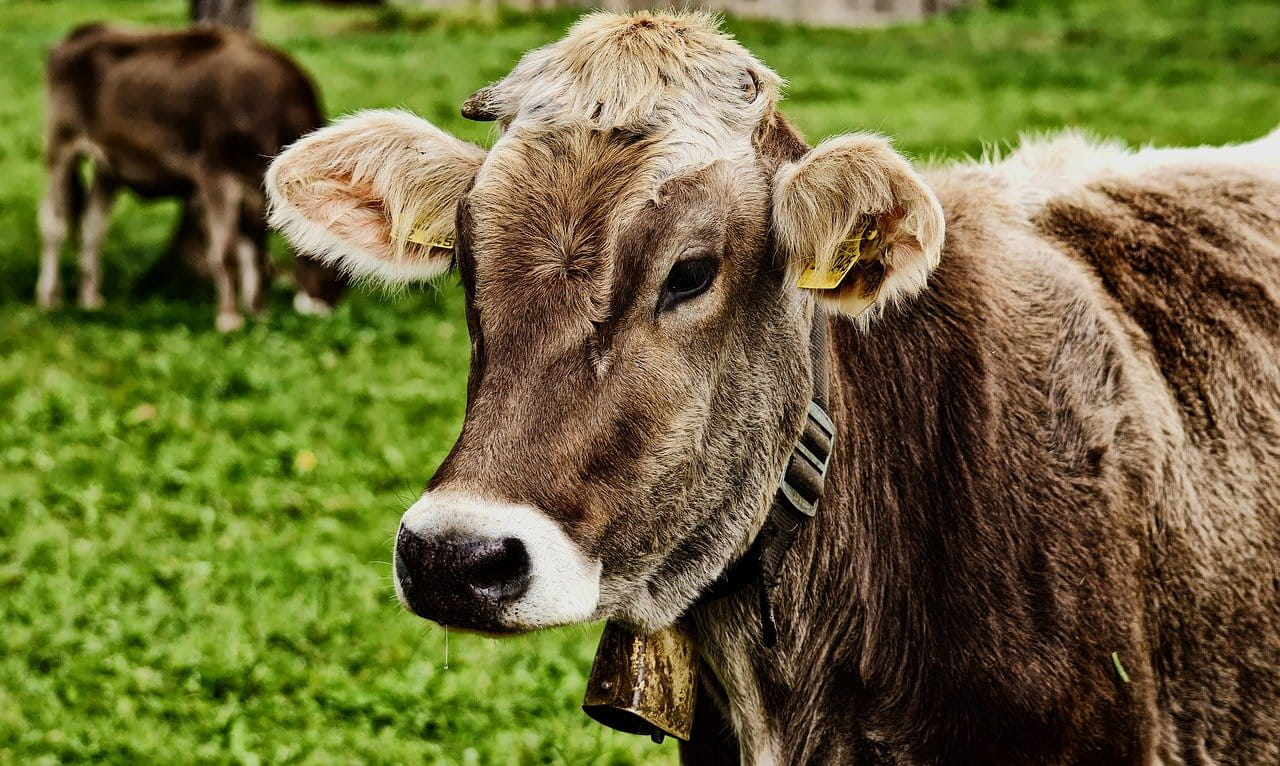Ladybugs are small insects that have oval, dome-shaped bodies with six short legs. Ladybugs are not true bugs. In reality, they’re beetles. Because they are attractive, graceful, and non-toxic to people, ladybugs are popular with most people. However, because they consume pests that feed on plants, like aphids, farmers adore them. So Here are some interesting facts about this wonderful insect, ‘The ladybug.’
- A ladybug’s head consists of mouthparts, compound eyes, and antennae. The thorax is equipped with three pairs of legs and two pairs of wings. The hardened part, the elytra, protects the wings that are underneath. The elytra open, and the thin, veined wings unfold when the ladybug takes flight.
- The name “ladybug” is derived from Virgin Mary, though the reason for this is unknown. Some claim that the red color reminded people of the red cape Mary wears in many paintings, while others claim that hundreds of years ago, Europeans prayed to the Virgin Mary to save their crops from pests.
- The primary predators of ladybugs are birds, but they are also preyed upon by frogs, wasps, spiders, and dragonflies.
- Around 5,000 different species of ladybugs can be found worldwide. They are also known as lady beetles or ladybird beetles, and they are adored by many people.
- The Most popular species of ladybugs are found in North America that are seven-spotted and have a shiny red-and-black bodies.
- Ladybugs go through the same four phases of metamorphosis as caterpillars and many other insects: egg, larva, pupa, and adult. When an egg hatches into a larva, it resembles a caterpillar, and the newborn beetle is prepared to eat anything that comes in its way.
- Some Different Types of Ladybugs that are commonly found all over the globe are:
• The seven-spotted ladybird – coccinella septempunctata
• The two-spotted ladybird – Adalia bipunctataThe thirteen-spotted ladybird – Hippodamia
• The Asian ladybird – Harmonia axyridis
• The Coleomegilla maculate ladybird
• The Hippodamia convergens ladybug - The average Lifespan of Lady Bugs is approximately one year in captivity. In the wild, they can live for over 2 to 3 years.
- They never gather in huge numbers, they don’t bite, and they eat a lot of dangerous garden pests like aphids.
- They seek shelter outdoors when the cold season starts.
- Asian Lady Beetles, sometimes known as orange lady beetles, are more aggressive and can bite than their more peaceful relatives. Not all ladybugs are toxic or dangerous to people. The most toxic ladybugs are orange ones, though, and these toxins can kill animals and trigger allergies in certain people.
- A single ladybug has the ability to lay up to 300 eggs. The eggs hatch in two to ten days after a female lays them. The eggs are yellow, oblong, and laid in clusters in an aphid colony so that the larvae have a food source when they hatch.
- Just like other animals, ladybugs do sleep. They primarily sleep at night, though they may enter a torpor, a sleep-like state during inclement weather during the day.
- Ladybugs consume water as part of their daily diet. They usually get the necessary amount from the moisture in the food they eat. As a result, they are not always required to be near traditional sources of water for this purpose. When food is scarce, or they need to rehydrate, they may drink water directly.
- Grapes are one of the most favored fruits by ladybugs and are liked because of their high sugar content. Some other fruits they like are the low acidic foods such as Apples, blackberries, blueberries, cherries, nectarines, peaches, pears, plums, and raspberries.
- Their compound eyes are not capable of seeing colors much. So, they do not have a good ability to see.
- They can live up to nine months without eating food at all and can survive in any kind of climate that is above zero degrees.
- Due to habitat loss and changes in climate, ladybugs are threatened with extinction. They are sensitive to temperature changes and will die from dehydration if they become overheated.
- Like other beetles, they do have mandibles or chewing mouthparts. However, they feed on soft-bodied insects as they don’t have teeth.
- It is very difficult to determine the age of a ladybug. However, in some cases, it can be determined by checking its spots and position.






